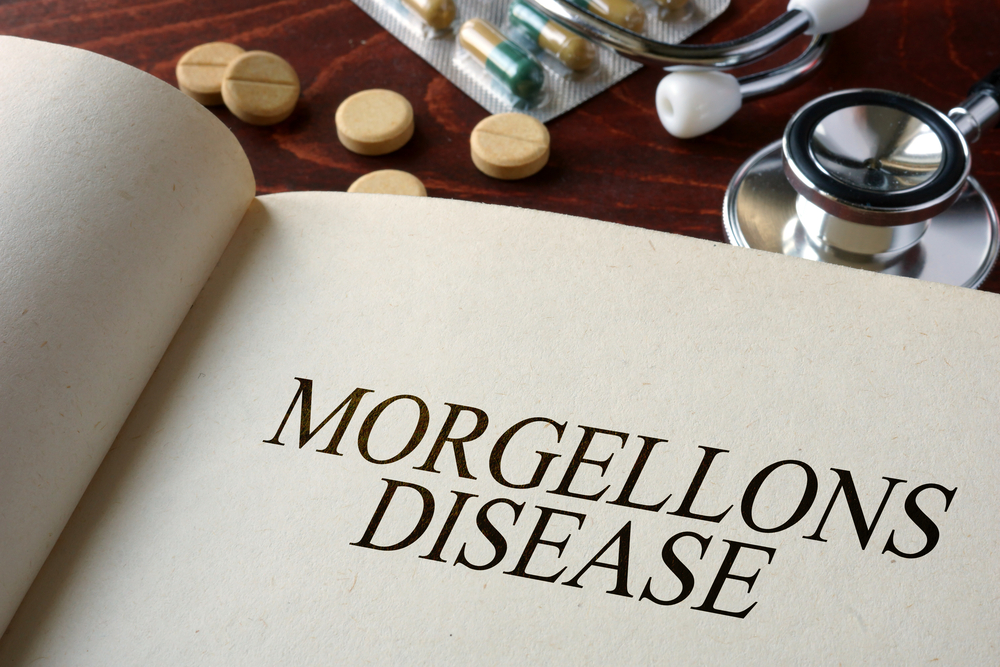DIAGNOSIS
A doctor might diagnose Morgellons disease if a patient has a slow-recovering of skin lesions and crawling sensations. If the doctor discovers fiber-like matter in the lesions, they may get a sample to the laboratory for deeper analysis.
The doctor may also request the following test including:
- Blood test
- Skin samples to see if there’s a bacterial infection
Furthermore, the doctor might refer the patient to a psychiatrist for further examination if he/she experiences signs of anxiety or depression or if he/she has a history of mental disorder.
Diagnosing this condition can involve various testing approaches. Eventually, doctors will depend on the results of laboratory tests and physical exams. Furthermore, it is crucial to find a trusted healthcare provider because good treatment results when you work with a doctor you can trust and rely on.
TREATMENT
The treatment for Morgellons disease differs, depending on the cause of it. Besides, there are no standard care guidelines for this condition.
Doctors might prescribe antibiotics if they assume that a tick-borne disease or bacterial infection caused a patient’s condition. Oral antibiotics and topicals might also help cure open or prolonged skin lesions.
Doctors who think that a mental disorder causes a patient’s symptoms may prescribe psychiatric drugs, like antipsychotic or anti-anxiety drugs. They may also suggest CBT or cognitive behavioral therapy and talk therapy.


